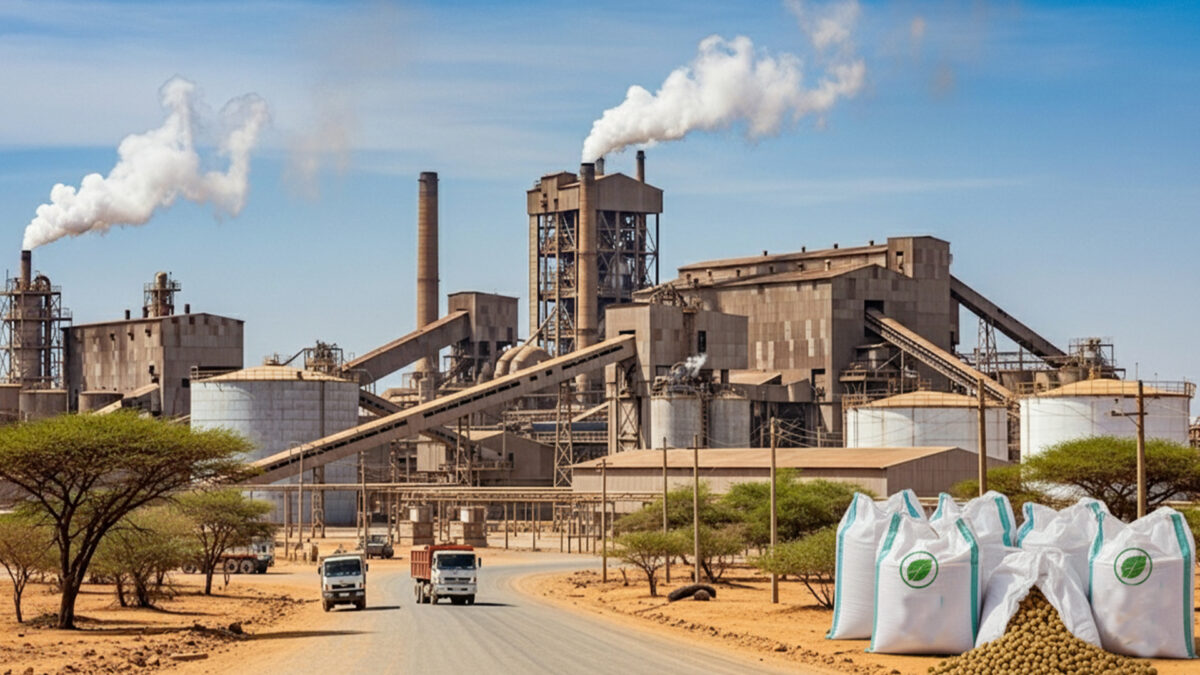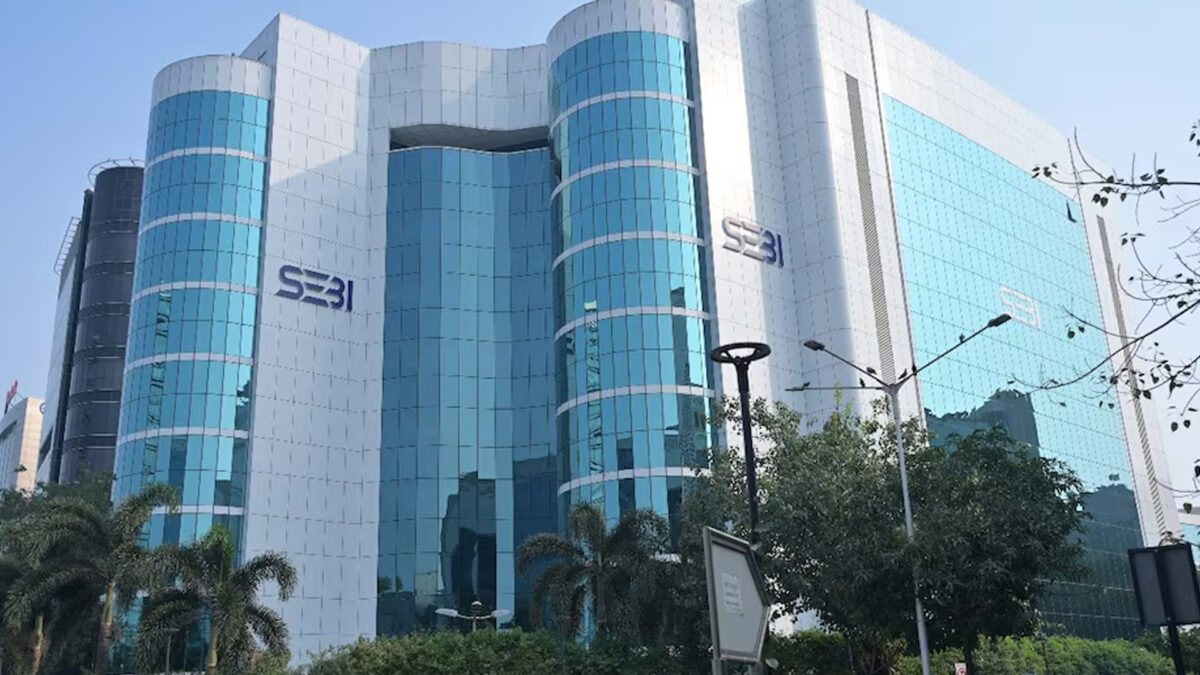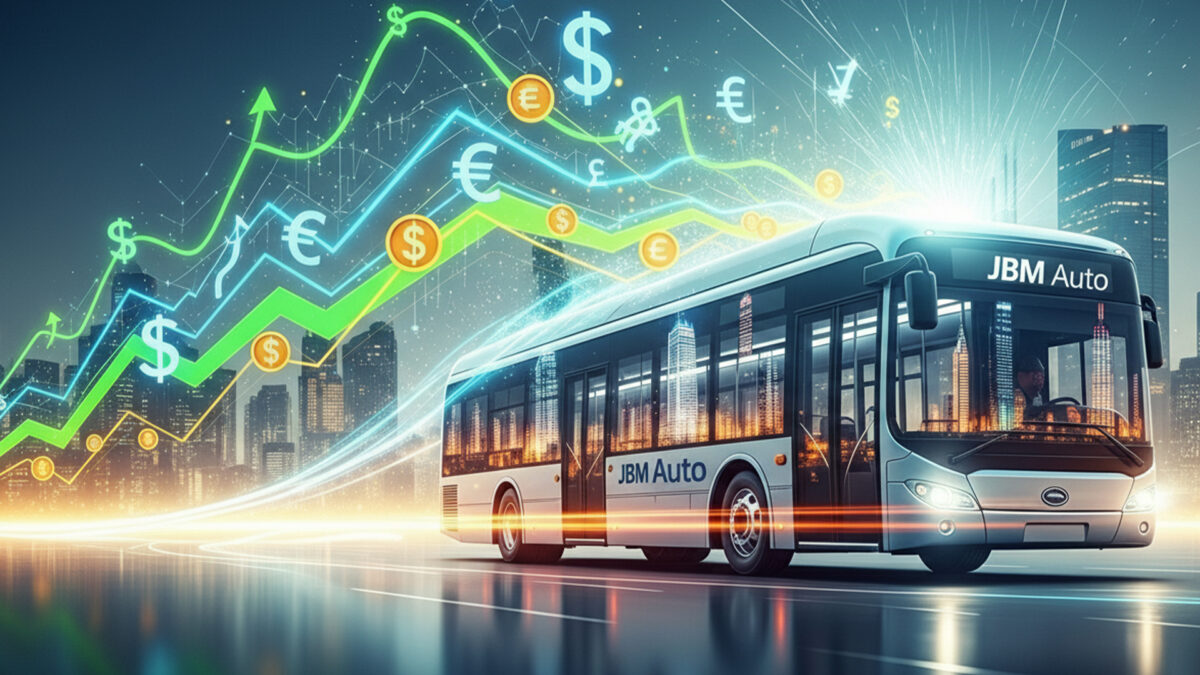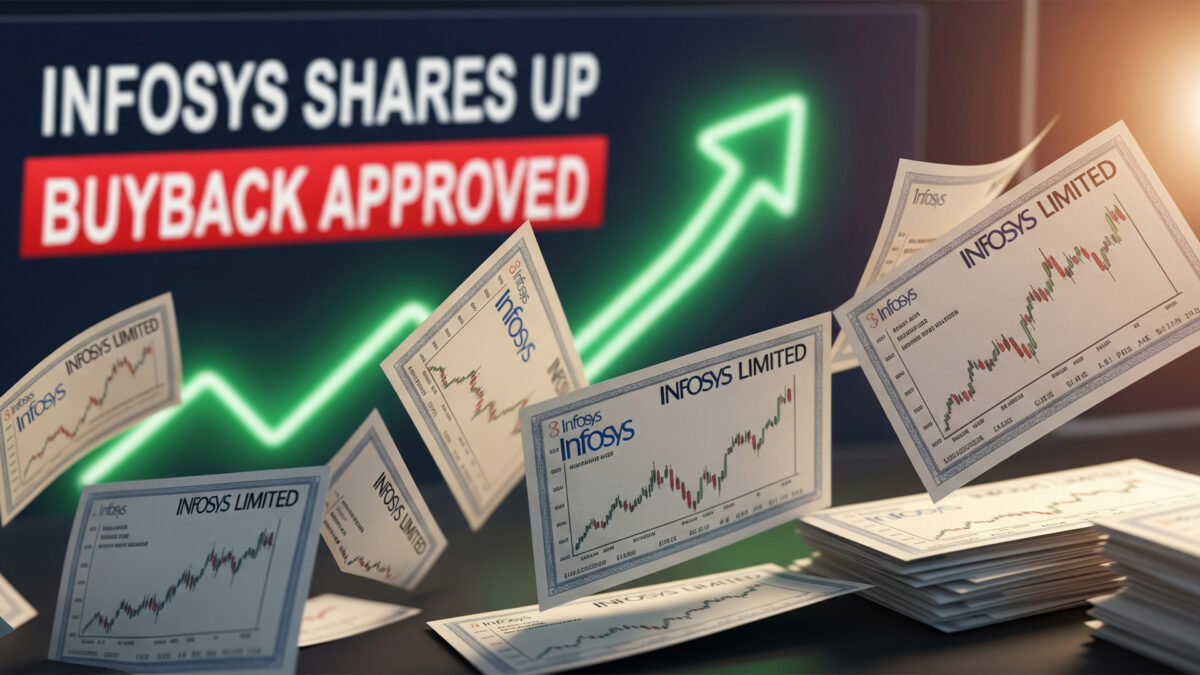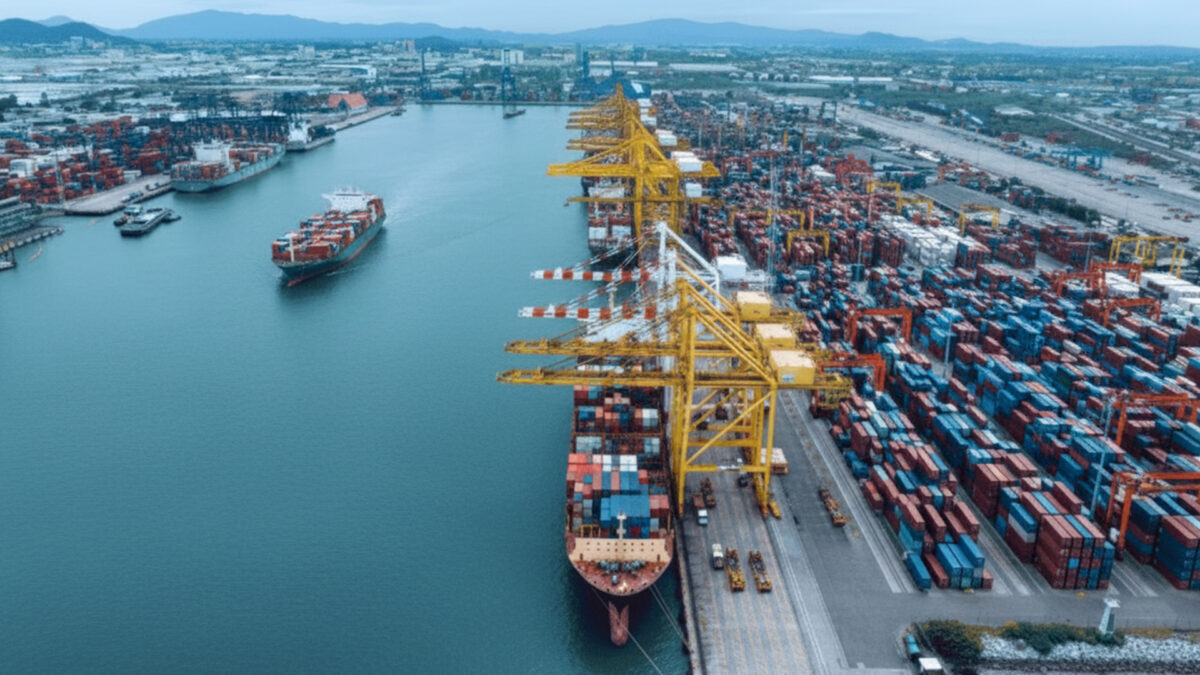After bruising tariffs, Washington may turn legal heat on Adani—while keeping Ambani close—to force India’s hand, risking blowback for Boeing, Apple, Google and other US giants.
By Brandon Nash
The optics have shifted, but the incentives have not. After a summer in which Washington doubled tariffs on Indian goods to a punitive 50 percent, President Donald Trump has belatedly praised Narendra Modi and the “special” India–US bond. That rhetorical climb-down, however, came only after India refused to blink on energy security and after a domestic backlash in India to weeks of hectoring from MAGA-world surrogates.
To assume that the White House has abandoned coercion would be naïve. The more likely next move—especially if the President feels he has lost face vis-à-vis Modi—is to turn the screws where he believes he has leverage: through legal and regulatory pressure centred on Adani, already entangled in US proceedings, while studiously avoiding any public antagonism towards Reliance and Mukesh Ambani, with whom there is demonstrable personal warmth. The aim would be simple: force policy concessions from New Delhi on tariffs, data, and energy without conceding that August’s tariff barrage was an overreach.
Consider the ground Trump world has already prepared. The administration’s additional 25-point tariff layer, taking duties to as high as 50 percent from 27 August, was justified as punishment for India’s continued purchase of discounted Russian crude. India pushed back, publicly and unambiguously, prioritising energy affordability in a slowing global economy.
That defiance triggered a second line of attack: televised rants from Peter Navarro, who branded India the “Maharajah of tariffs” and warned it “will not end well” unless New Delhi “comes around.” The intent was performative pressure at home and reputational sandpapering abroad.
It did not work. Indian public opinion hardened; policy did not change. Even sympathetic American commentators, like Walter Russell Mead in the Wall Street Journal, called out the asymmetry of penalising “friendly India” while giving Beijing a pass, arguing that if a strategic reset is to endure, it must shift from tariff theatrics to serious cooperation in technology and security. The political damage, though, has been done—and the White House still needs a lever.
That lever exists in the legal realm. US prosecutors in the Eastern District of New York unsealed an indictment last November naming Gautam Adani and others, alleging schemes involving bribery and securities fraud tied to Indian energy contracts; the Securities and Exchange Commission filed a related civil action and has been trying to serve defendants in India.
Bloomberg has since reported that attempts to resolve the matter have stalled as ties have soured, and, separately, that the Department of Justice has been probing allegations around Iranian LPG imports into India in potential sanctions-violation lanes. Whatever one’s view of the merits, these proceedings create an obvious pressure point that political strategists in Washington will be tempted to exploit: escalate subpoenas, tighten timelines, choreograph public filings and then privately offer de-escalation as part of a wider trade-and-energy accommodation. It is hardball, but it is familiar hardball.
By contrast, Reliance and Ambani are unlikely to be put in the crosshairs. The reasons are not ideological; they are personal and optical. In January, Mukesh and Nita Ambani attended the President’s pre-inauguration dinner in Washington; Reliance itself publicised the photo-op, and mainstream outlets carried the images and framing.
Reports this month of a fresh Ambani–Trump meeting were promptly denied by Reliance, but the denial is itself telling: the company understood that any whiff of special pleading could be weaponised in Delhi. Regardless, the record of public courtesies is real and recent—and precisely the kind of symbolism this White House reads as respect. A businessman who has “cosied up” endearingly will not be the chosen piñata. That role, unfairly or otherwise, will be reserved for the industrialist already encumbered by US cases.
If that is indeed the next act, the costs will not be borne by one conglomerate alone. Washington’s advisors would be wise to map the collateral. Boeing’s franchise in Indian civil aviation rests on marquee orders—Air India alone has firmed up 220 Boeing jets and Akasa has an order book of 150 737 MAX aircraft. Defence co-production and sales (from P-8I maritime patrol aircraft to future rotorcraft collaborations) depend on a political climate that rewards long-cycle partnerships, not tactical humiliation.
Apple’s India-to-US iPhone pipeline has become material to its de-risking from China. Reuters’ customs data analysis shows Foxconn shipped roughly $3.2 billion of iPhones from India to the US in March–May, with the US taking 97 percent of those exports in that window. Google has announced a $6-billion data-centre and power-infrastructure build in Andhra Pradesh. Meta counts India as its largest market by users. X’s compliance tussles in India are real, but the platform’s growth, creator economy and advertising upside are still tied to predictable policy.
If New Delhi hardens in response to legal coercion dressed up as “rule of law,” these American enterprises will discover just how quickly a partner can become a regulator.
Nor will this play out in a vacuum. Beijing has already seized the moral megaphone, denouncing the 50 percent tariffs as “unfair and unreasonable,” and inviting Indian firms to deepen ties with China. New Delhi will not be seduced, but it will use the moment to widen optionality—Europe on trade, Southeast Asia on supply chains and the Middle East on energy and capital.
In other words, the more Washington is seen to personalise pressure—especially via selective lawfare against industrialist Gautam Adani, widely accepted as India’s most nationalist business leader—the faster India will diversify its hedges. The irony is that this is the eventuality the White House says it wants to avoid.
There is a better course and, in the WSJ, Mead sketches it—move the relationship onto a more sustainable footing that does not rely on the 1990s playbook of export-led development to Western markets.
That means anchoring the partnership in the technosphere—trusted chips, cloud, AI compute and cybersecurity—while building real defence industrial cooperation and quietly de-risking Russian energy without performative ultimatums.
The immediate first step would be to reverse the August tariff escalation in stages, in parallel with a narrowly tailored stabilisation package (supply-chain carve-outs, defence co-production continuity, data-transfer protocols that recognise India’s privacy law), then lock progress into “side letters” with dated milestones.
Sequencing matters because this White House and its current resident values scoreboard optics.
If the scoreboard shows wins, the temperature drops. If the scoreboard shows defiance, the temptation to squeeze a high-profile corporate target will return.
Ultimately, it is about the domestic politics of dignity. Indians have long memories. Navarro’s “won’t end well” taunts, hedge-fund threats of secondary sanctions and casual demands that India “say sorry” have landed very badly. Former Foreign Secretary Nirupama Rao is correct to call the latest Trump–Modi soundbites a de-escalation rather than a reset.
If Washington now adds a very public tightening of the DoJ–SEC vice on Adani to this season of tariff maximalism, it will confirm the worst suspicions in Delhi—that America’s talk of “trusted partners” masks a willingness to humiliate.
No Indian government can negotiate new disciplines on tariffs, data or energy under that lighting. A serious, future-proof partnership means walking back the tariff ambush, parking the megaphone and letting the lawyers do their jobs unmolested by politics. Anything else will merely push India to play hardball—and it is Boeing, Apple, Google, IBM, Intel, X and Meta that will discover the immediate costs.
Also Read: Reliance Consumer to Invest ₹1,500 Crore in Nagpur Food Processing Plant by 2026
